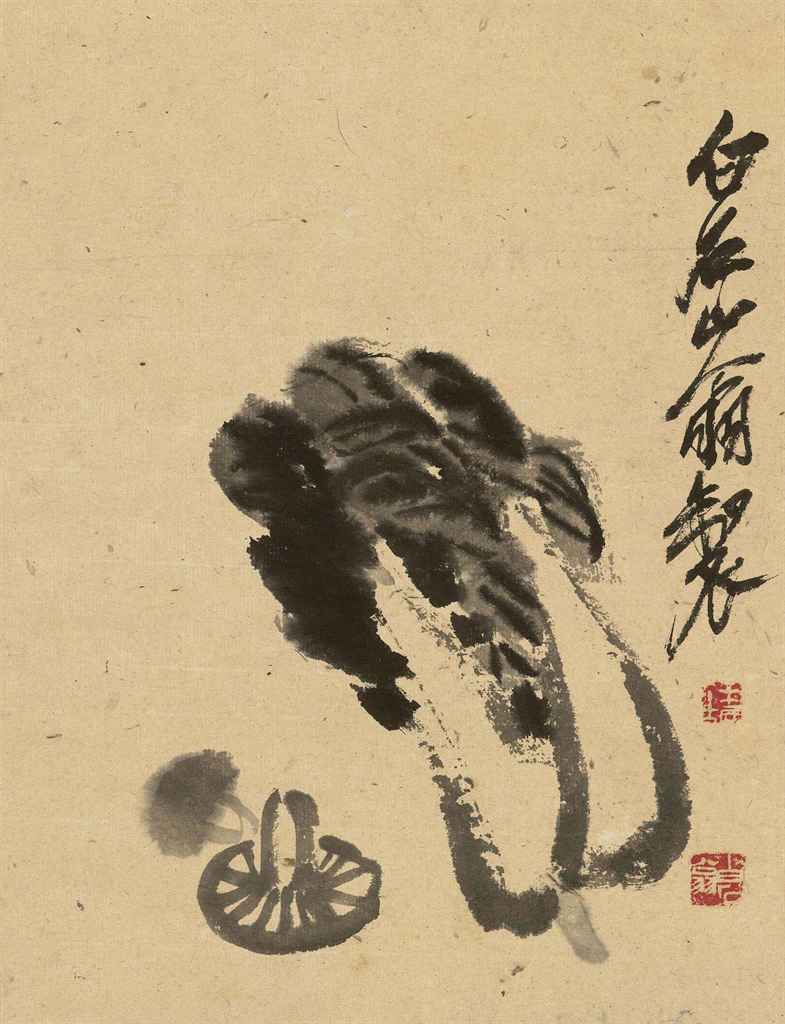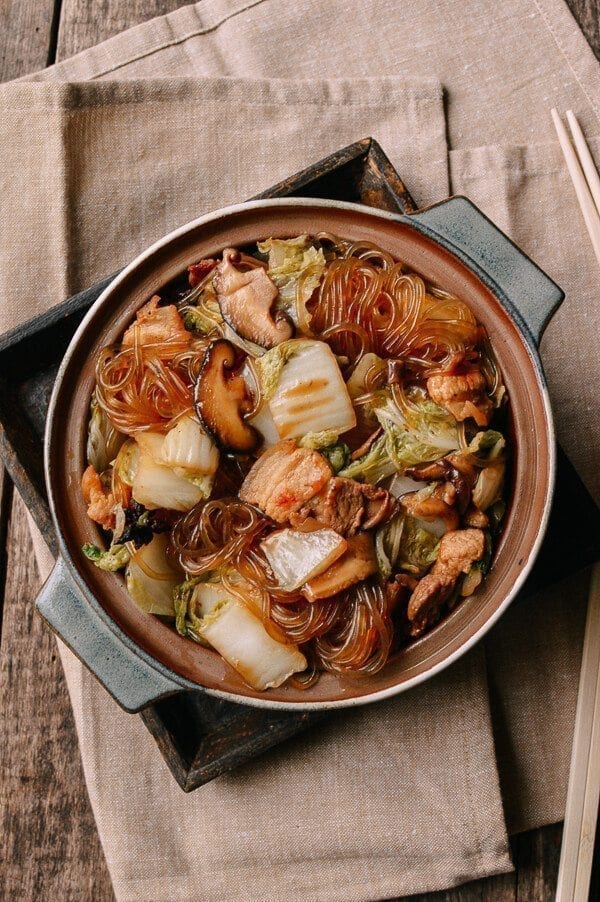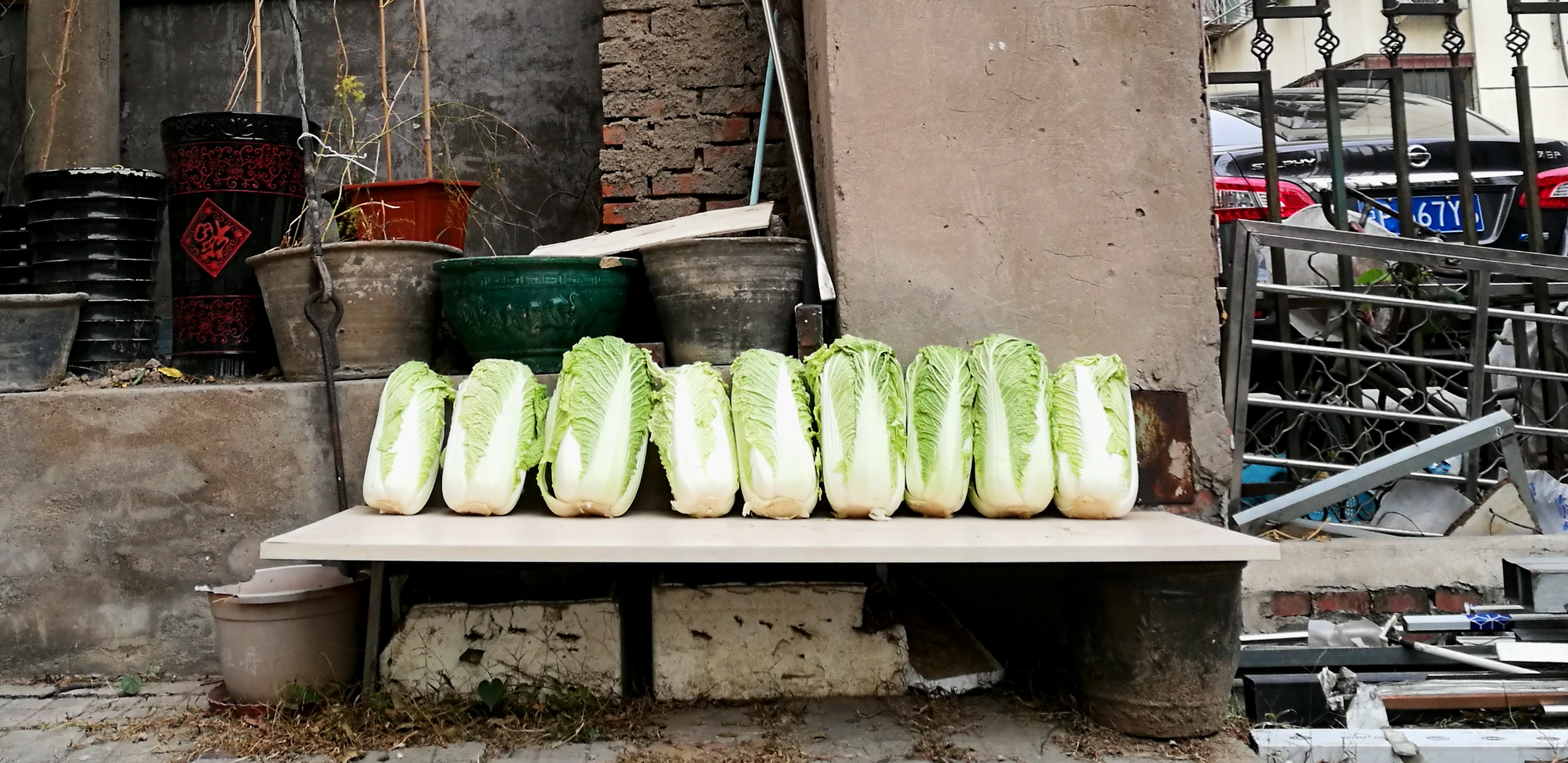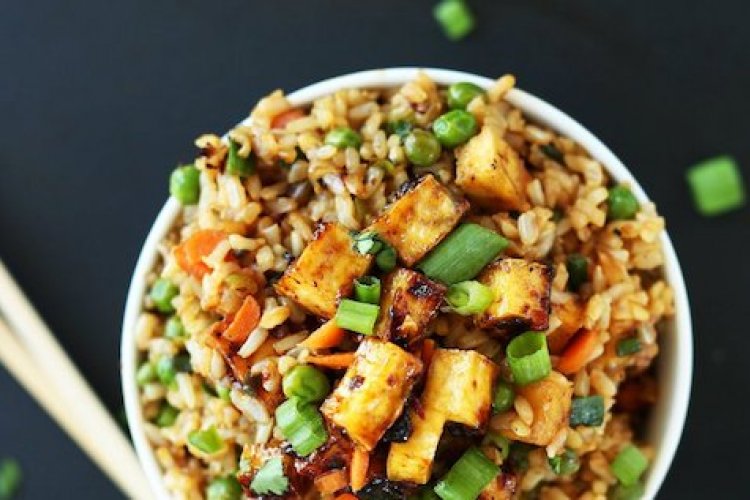What's With All the Cabbages? Why Beijingers Stock Up on China's Hardiest Veg Before Winter
Preparation for the winter hibernation period has begun, a time when Beijingers keep themselves busy purchasing goods for the long cold months to come. Although shopping online on Taobao and JD has become the go-to for younger generations in recent years, saving people the trouble of going into the snowstorms to buy things, elderly Beijingers still tend to stick to the old-fashioned ways. While walking about town, you may have already noticed locals lining up to buy cabbages from a mountain of green goods out of the back of some guy's truck.
Cabbage is considered a staple of northerners’ diets and it is said that the cabbages that are grown in northern China are much sweeter and tastier than the ones in the south. Overall, cabbage occupies a special place in the heart of Chinese people, and have been captured by famous artists like the father of modern Chinese painting, Qi Baishi, as well as in jade form as a sign of wealth. In the past, people would cart cabbages around Beijing hollering “cabbages for sale!” and locals would come out of the hutongs to buy their portion for the winter. They would then stack them together, making a “cabbage wall,” which depending on the size could signify the household’s wealth.

There are also particular ways to care for cabbages to prevent them from going bad, including keeping them dry, out of direct sunlight, and wrapped up in newspaper. The typical cold and dry northern winter is perfect for storing cabbafe and the "cabbage wall" method for stacking is actually a tactic to keep the vegetables healthy; after the outer few layers have gone dry, they can be peeled off, revealing the fresh and tasty inner core. And while modern supermarkets and year-round farming have made the need to stock up obsolete, doing so is still a solid Beijing cultural tradition.
Far from getting bored with eating leafy veg throughout Beijing's cold, dark months, locals turn to the recipe books. There are multiple ways to cook cabbage, the most authentic being hot cabbage-tofu stew (白菜豆腐汤 báicài dòufu tāng), perfect for the low temperatures. Another popular dish is sweet and sour cabbage (酸辣白菜 suān là báicài), which goes great with rice and other meat dishes. Many Beijingers also like to cook cabbage with glass noodles (粉丝白菜 fěnsī báicài), and of course, you can’t forget about cabbage and pork dumplings (猪肉白菜饺子 zhūròu báicài jiǎozi), one of the original dumpling fillings.

Today, despite limited fridge room in high-rise apartments and the slow disappearance of hutongs and siheyuans making it harder and harder for local grandparents to store their cabbages, they nevertheless remain a staple Beijing winter ingredient in numerous warm and delicious dishes, the perfect remedy for soothing freezing hands and sniffly noses any day of the months ahead.
Want to try your hand at cooking? Why not try this winter warmer recipe for biangbiang noodles.
Photo: Tom Arnstein, The Woks of Life
Related stories :
Comments
New comments are displayed first.Comments
![]() Sikaote
Submitted by Guest on Sun, 10/11/2020 - 14:53 Permalink
Sikaote
Submitted by Guest on Sun, 10/11/2020 - 14:53 Permalink
Re: What's With All the Cabbages? Why Beijingers Stock Up on...
My Uncle LaRichard stocks up on cucumbers every week in San Franfrisky-o. What up with that?
(Many people still do not know how incredibly rich and culturally diverse San Francisco is.)
There you go time travelin' again. Bypass 2020 if you can. You'll thank me.

Validate your mobile phone number to post comments.







